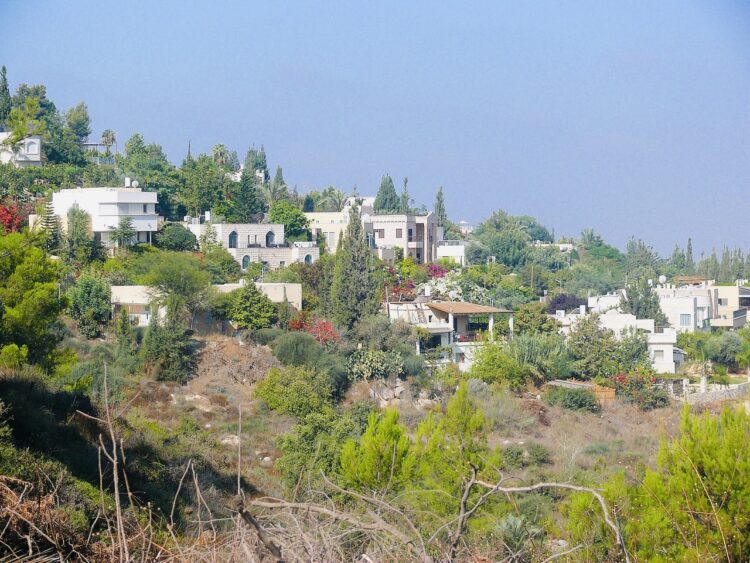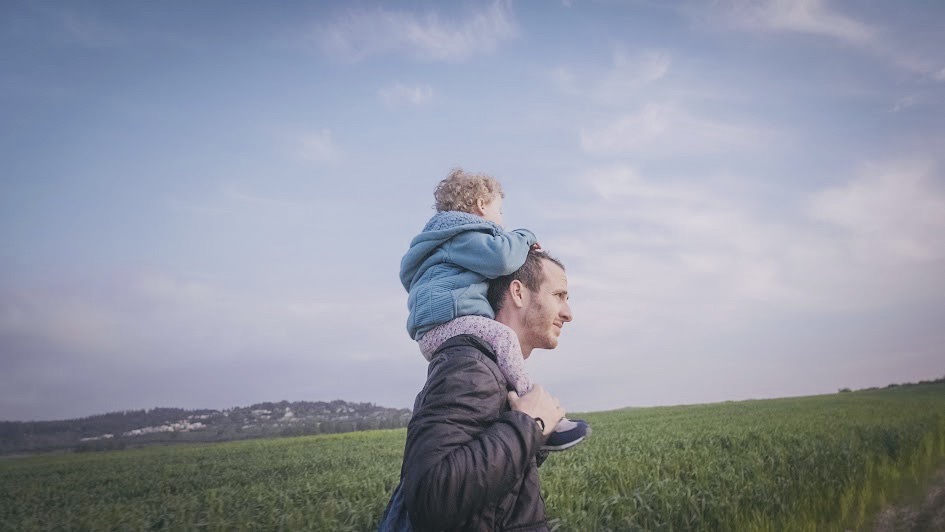Neve Shalom, a utopian Jewish-Arab village in Israel’s Ayalon Valley, is unique in that it is the only place in Israel where Israeli Jews, Muslims and Christians live together in peace and equality.
Established in 1970, it is a beacon of amity in a region torn by ethnic and religious conflicts. The inhabitants are idealists who wish to learn about each other’s culture and advance the idea of coexistence.
But are their children animated by the same values and beliefs?
This is the burning question posed by Maayan Schwartz, a member of Neve Shalom’s younger generation, in her informative documentary, Children of Peace, which will be screened by the Toronto Jewish Film Festival on June 2.
She interviews Jews and Arabs who were raised in Neve Shalom, which is known in English as Oasis of Peace and in Arabic as Wahat al-Salaam. They recall happy times in pastoral surroundings free of hatred and prejudice. Shireen, the first Arab girl born here, remembers celebrating major religious holidays with her Jewish, Christian and Muslim friends.
As the interviewees suggest, Neve Shalom was buoyed by the Oslo peace accords in the 1990s, but lost some of its innocence after Prime Minister Yitzhak Rabin’s assassination in 1995 and the eruption of the second Palestinian uprising in 2000.
Pre-grade 6 children in Neve Shalom study under one roof, and their teachers are Jews and Arabs. After grade 6, they are bussed to a school in Ramle, a mixed Jewish-Arab town plagued by social and economic problems.
It was there that reality set in, at least in the past. Arab students encountered anti-Arab feelings. Jewish students learned that, in the eyes of some Jews, they were “traitors.”

Another problem emerged when Arabs failed to understand why their Jewish friends agreed to be conscripted into the Israeli armed forces. Jews regarded their national service as a sacred duty to defend their homeland. Arabs, including a Jewish man who converted to Islam, associated the army with Israel’s occupation of the West Bank.
This issue cropped up yet again when two Israeli army helicopters collided en route to Lebanon, killing more than 70 soldiers. Among the victims was Tom Kitain, the son of one of Neve Shalom’s first settlers. Jews and Arabs mourned him, but they differed as to whether a memorial should be erected in his honor.
During the second intifada, arsonists set the school on fire and daubed “Death to Arabs” epithets on walls.
These unsettling incidents exposed Neve Shalom’s inhabitants to the harsh realities outside the boundaries of their beautiful bubble. Yet the vast majority of its residents opted to remain rather than leave.
Eighty families live in the village today, and 450 families are on a waiting list to be admitted. These numbers speak to the fact that Neve Shalom, its encounters with disappointment and disillusionment notwithstanding, is a thriving enterprise and an innovative experiment in social engineering.
